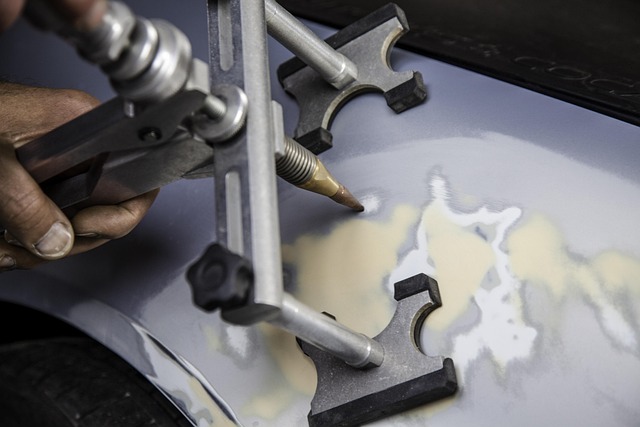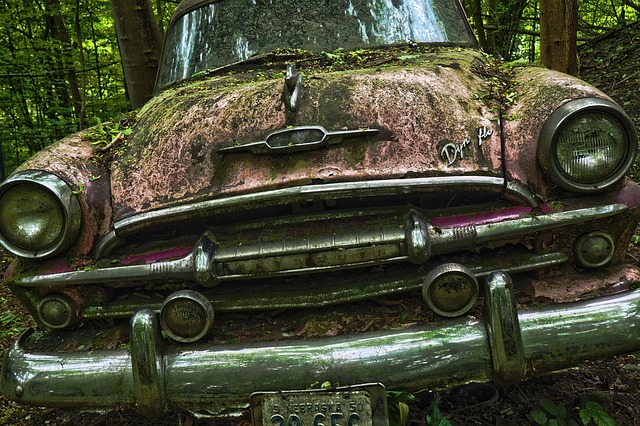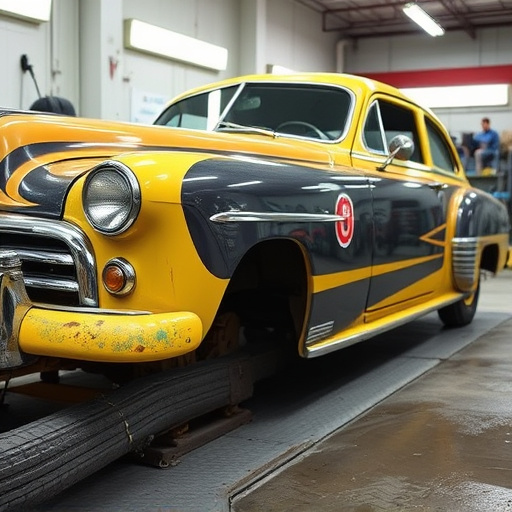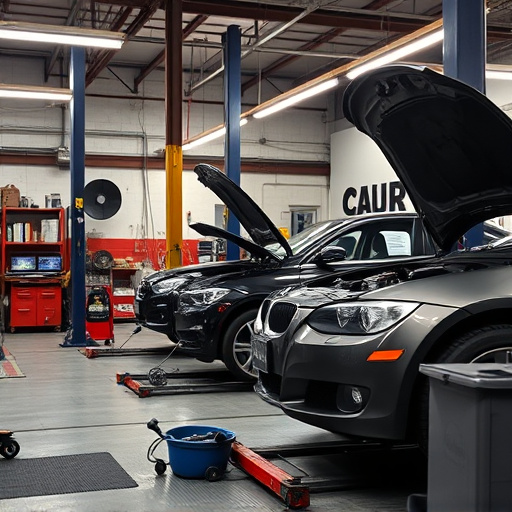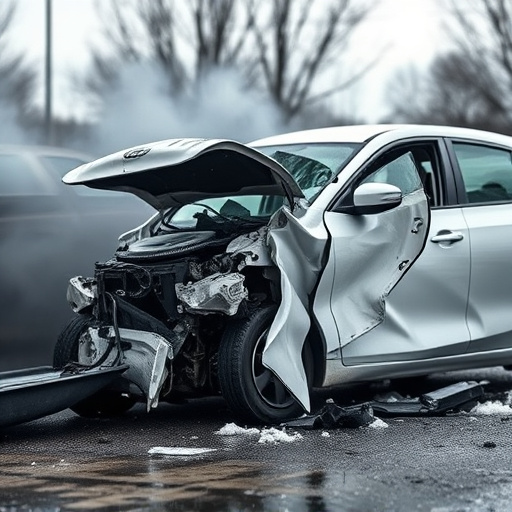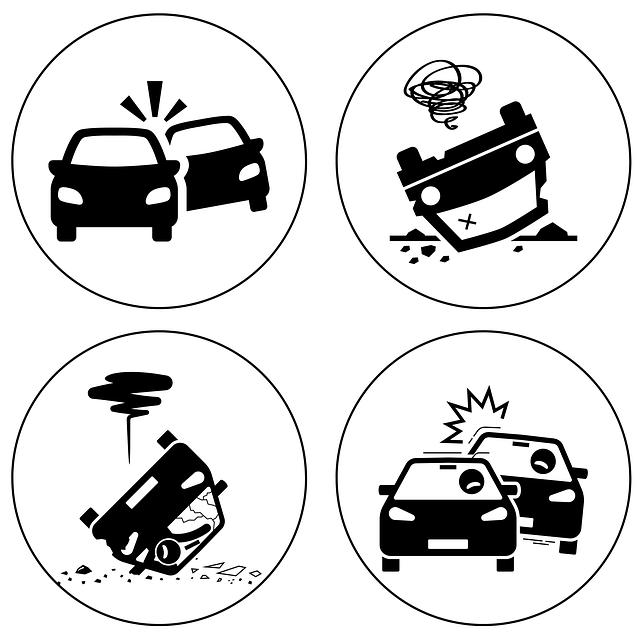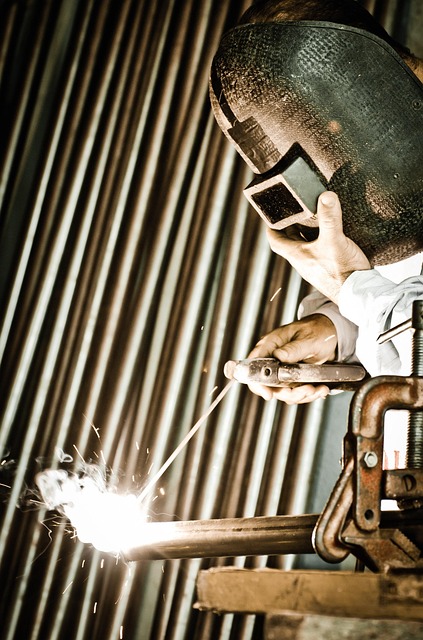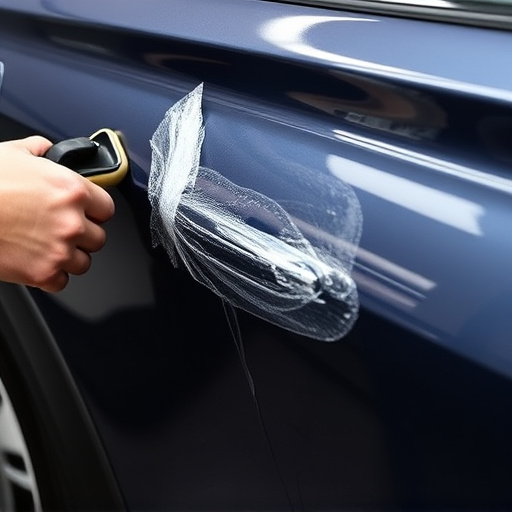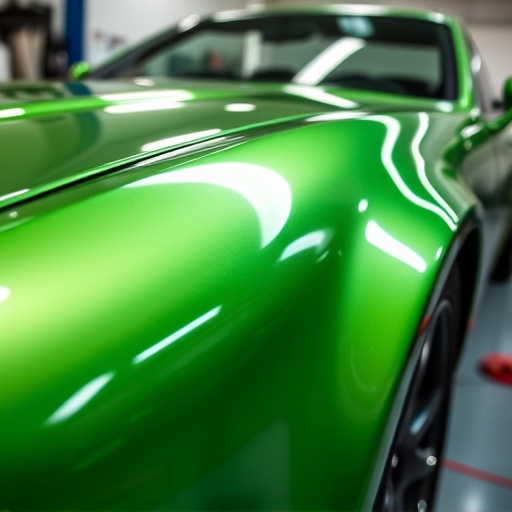A comprehensive PDR certification program is key to preparing students for the modern automotive industry, equipping them with a diverse skill set from traditional body repair to emerging frame straightening methods. Emphasizing hands-on learning, realistic case studies, and industry best practices ensures graduates are versatile and adhere to high standards. The dynamic curriculum covers foundational skills like paint restoration, advanced techniques such as composite material repairs, and stays current with sustainable practices and cosmetic vehicle repair technologies. By focusing on precision and detail, these programs foster top-notch PDR services, appealing to customers seeking both functionality and aesthetic appeal.
A robust PDR certification program is pivotal for enhancing the skills and knowledge of professionals in the automotive repair industry. This article delves into the critical elements that constitute a strong PDR training curriculum, focusing on key aspects such as design, content, methodology, and assessment. By exploring comprehensive topics, integrating best practices, leveraging technology, and implementing rigorous evaluation methods, certification programs can ensure graduates possess the practical skills needed to excel in modern automotive repair environments.
- Curriculum Design and Content
- – Importance of a comprehensive and up-to-date curriculum
- – Key topics to be covered (e.g., vehicle damage assessment, repair techniques, aesthetics)
Curriculum Design and Content

A robust PDR certification program must be meticulously crafted with a comprehensive curriculum that equips students with the skills needed in the modern automotive industry. The design and content of this training should reflect the latest advancements in car body repair, frame straightening, and vehicle restoration techniques. It’s crucial to include modules on both traditional and emerging methods, ensuring graduates are versatile and adaptable.
The program’s focus should be on practical, hands-on learning experiences. Students must develop proficiency in various tools and equipment used in PDR, from precision measuring devices to advanced frame straightening machinery. Realistic case studies and simulated repair scenarios will help trainees apply theoretical knowledge effectively. Additionally, incorporating industry best practices and safety protocols guarantees that future professionals are not only skilled but also adhere to the highest standards in car body repair.
– Importance of a comprehensive and up-to-date curriculum
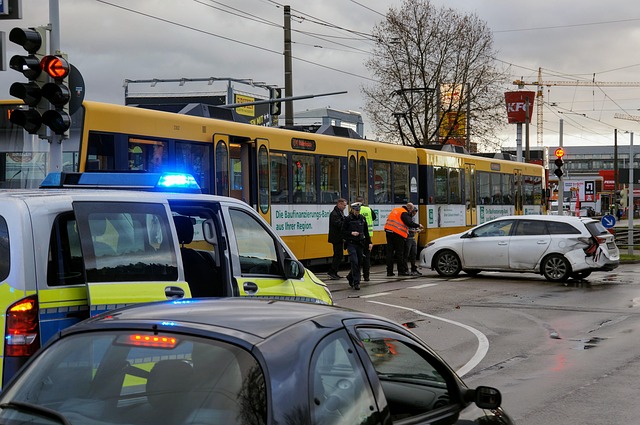
A robust PDR certification program is built upon a comprehensive and up-to-date curriculum that equips students with the skills needed to excel in the ever-evolving field of auto detailing and car dent repair. With the automotive industry constantly innovating, staying current with the latest techniques and technologies in vehicle repair services is paramount. A well-crafted curriculum not only covers foundational aspects like paint restoration but also delves into advanced procedures such as composite material repairs and precision body shaping. This holistic approach ensures that certified professionals are prepared to handle a wide range of damage, from minor scratches to significant collision repairs.
A dynamic curriculum also facilitates continuous learning, allowing PDR certification programs to adapt to new trends, products, and industry standards. This includes the integration of sustainable practices in auto detailing, as well as advancements in cosmetic vehicle repair technologies. By keeping the curriculum vibrant and relevant, PDR certification programs not only meet but exceed industry expectations, ensuring that graduates are job-ready and equipped to contribute effectively in a competitive market for vehicle repair services.
– Key topics to be covered (e.g., vehicle damage assessment, repair techniques, aesthetics)

A comprehensive PDR certification program should equip individuals with a deep understanding of various critical aspects essential to the collision repair industry. Key topics include vehicle damage assessment, where students learn to identify and classify different types of car damage accurately. They are trained in the latest non-destructive techniques, ensuring minimal intrusion while assessing the extent of repairs needed. Repair techniques form another cornerstone, covering both traditional and modern methods for restoring vehicles to their pre-accident condition. This includes an in-depth look at various materials, tools, and technologies used in car restoration.
Aesthetics play a vital role in collision repair services, as they significantly impact customer satisfaction. The program teaches the principles of color matching, paint repairs, and finishing techniques to ensure vehicles not only function but also look their best post-restoration. Understanding the importance of precision and detail in car restoration is crucial for building reputable collision repair shops that offer top-notch PDR certification services.
A robust PDR certification program should equip professionals with a comprehensive understanding of the latest industry standards and practices. By focusing on a well-designed curriculum that covers essential topics such as vehicle damage assessment, advanced repair techniques, and aesthetics, candidates can acquire the skills needed to excel in this field. An up-to-date program ensures that graduates are prepared to meet the evolving demands of the automotive industry, making them valuable assets to any repair shop or bodyshop.
